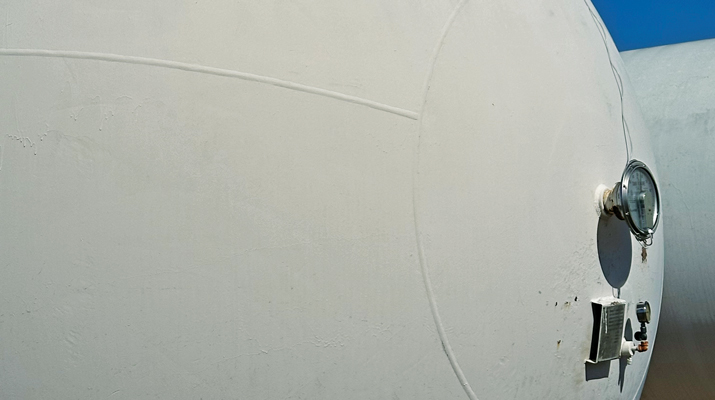Measuring the U.S. propane market now means keeping an eye abroad
The winter of 2014-15 is shaping up to be very different from last year, which should be good news to propane marketers and their customers.
The weather seems to be behaving “normally” this year, with the first frost of the season showing up on schedule in October in the American heartland and temperatures heading below freezing all the way to Texas by mid-November. The corn crop is large – and wet.
Other than temporary local logistics-driven supply constraints, we view the likelihood of a repeat of the price shocks seen last winter as very low, with increased production levels and current inventories at levels not seen in more than 30 years. Continued production growth from the ongoing success of the unconventional oil boom has finally satisfied even global demand in the short term.
In support of those whose supply strategy is to “buy the last winter” and accumulate inventory for winter sales during the usual summer lull in the markets, the winter of 2014-15 initially appeared to be another bullish price story, with LP gas export capacity expanding rapidly to allow producers to move their barrels into the global markets.
But by October, the positive price spreads between the United States and markets in Europe and Asia that supported strong growth in export shipments over the past three years had closed.
Chinese demand for feedstock for new propane dehydrogenation units, which make propylene from propane directly, was largely offset by reduced winter heating demand from Japan, as warmer-than-expected weather reduced the need for inventory builds. Bookings for capacity to load additional export cargoes that move based on prices (“spot” liftings) have fallen, leaving more barrels in inventory on the Gulf Coast and producing builds in inventory balances when draws were expected. In the Mid-Continent, inventories are at levels closer to their 2012 averages, indicating that marketers are better prepared for robust winter demand this year.
So how does the rest of the winter look? The 2013-14 and 2014-15 winters are shaping up to be very different years for propane. Last winter, we predicted potential supply shortages and rising prices. Winter 2014-15 found propane/propylene stocks at more than 81 million barrels in mid-November. It is a market that is very well supplied, with a much lower price forecast than last year.
With high inventories in early winter, the prospect of continued gas plant production growth and petrochemicals’ preference for cracking ethane over propane, it’s likely we’ll come out of this winter with inventories at well above historical averages.
In order to make room for seasonal surplus production next summer, we expect U.S. propane exports will need to increase by more than 300,000 barrels per day above 2014 levels by the third quarter of 2015, if drilling continues in the major shale plays. We note that these increasing export volumes will likely need to be priced lower to move into a well-supplied global market to avoid possible containment issues at major storage facilities. A colder-than-average winter, basically a repeat of last year’s record cold, will also be needed just to keep inventories at manageable levels next spring.
The prospect of a lower cost of resupplying customers later this winter should be a welcome change from last year, but the challenges of a global market continue. The “bull” case for propane prices next winter includes reduced growth in propane supply if crude prices remain at current levels and increasing demand for propane feedstock in chemicals overseas.
“Buying the last winter” was an easier choice when the only winter we needed to care about was our own.
Anne Keller is manager of NGL research at Wood Mackenzie. She can be reached at anne.keller@woodmac.com.
















